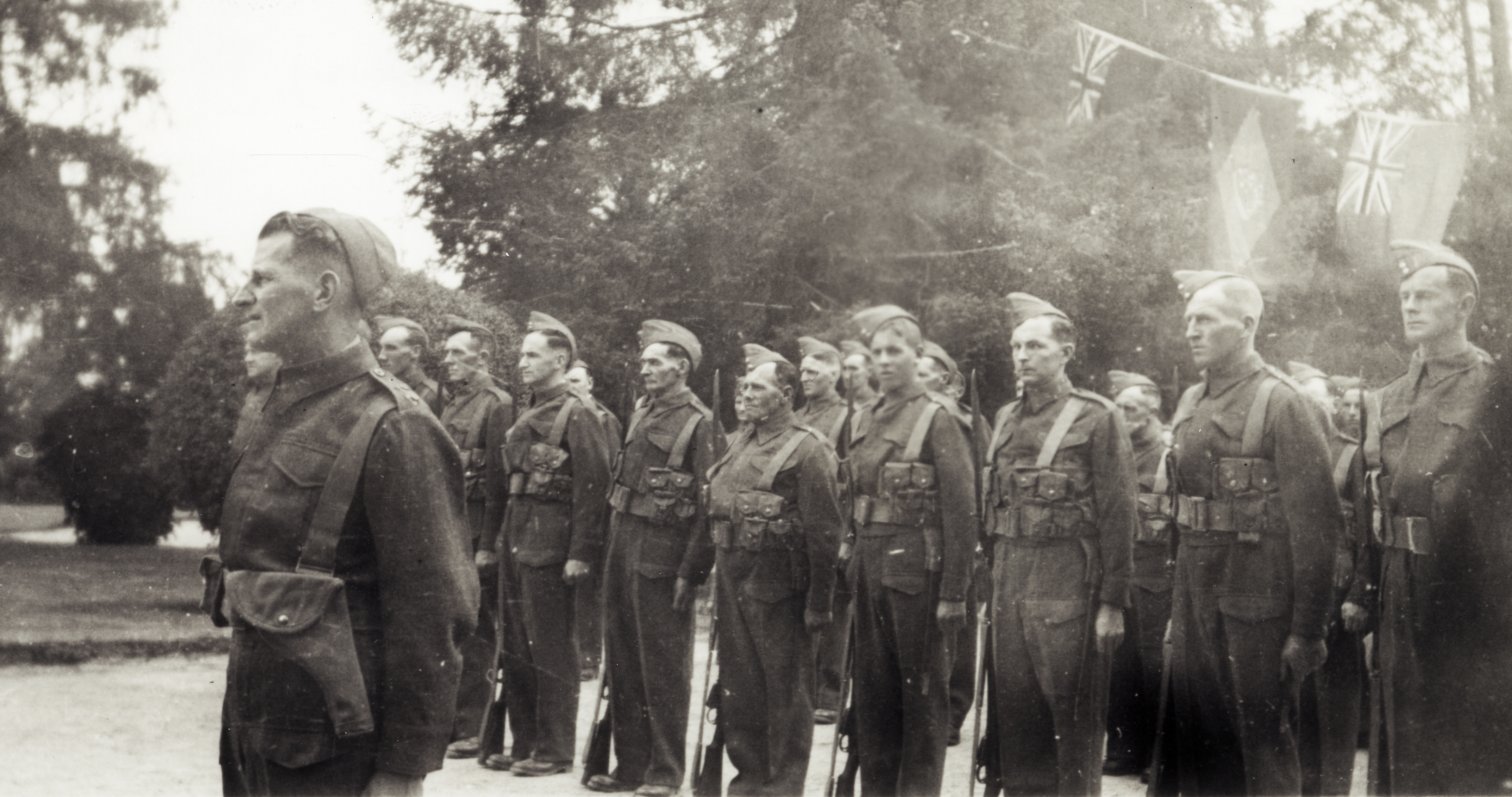
During World War II, civilian flights to Queenstown stopped and in June 1940 the Public Works Department gave notice the aerodrome would be closed for the duration of the war.
Soon after, the Frankton airfield became a training ground for the Queenstown Home Guard.
Newspaper articles from the time describe members practising trench warfare, bomb throwing, bayonet fighting, barb-wire entanglements and company drills. They were also shown how to use a Molotov Cocktail, "a weapon for use against tanks".
The District Commander, Lieutenant Colonel A. S. Bruce Smith, inspected the Home Guard on 25 July 1941 and was reported to be greatly impressed with their arrangements and "agreeably surprised at the excellent parade ground which the Aerodrome itself provided".
After the Japanese attack on Pearl Harbour in December that year, fears of invasion escalated and New Zealand's defences were increased. Blackouts were ordered and, in January 1942, a public meeting was held to discuss ways of making Queenstown safe from possible air attack.
"We are perhaps more vulnerable than most inland towns," Mayor William Anderson said. "We have two points to consider. Firstly, we have a good aerodrome at Frankton which might attract the enemy if they are out to make an inland footing. Secondly, we have the lake which would afford ample space for the large Japanese seaplanes to land on."
Thankfully, those fears were never realised. The war eventually ended and the airfield returned to its original purpose.
Today, we remember the extraordinary courage and sacrifice of those who served our nation, both in the Home Guard and overseas.
#Lest We Forget

Members of the Queenstown Home Guard parading in the Queenstown Gardens.
Image: Courtesy of the Lakes District Museum EP2562

